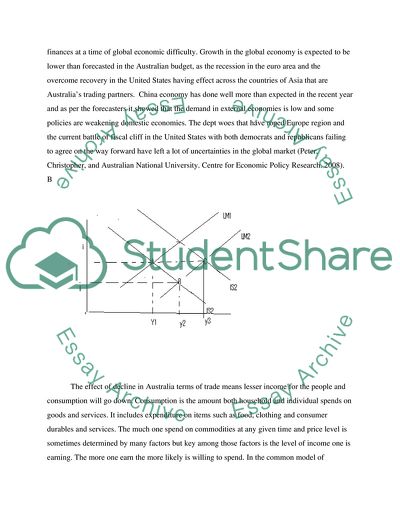Cite this document
(Australia's Terms of Trade Coursework Example | Topics and Well Written Essays - 1750 words, n.d.)
Australia's Terms of Trade Coursework Example | Topics and Well Written Essays - 1750 words. https://studentshare.org/macro-microeconomics/1790461-while-the-budget-factored-in-a-decline-in-australias-terms-of-trade-the-fall-in-global-commodity-prices-over-recent-months-has-been-larger-than-anticipated
Australia's Terms of Trade Coursework Example | Topics and Well Written Essays - 1750 words. https://studentshare.org/macro-microeconomics/1790461-while-the-budget-factored-in-a-decline-in-australias-terms-of-trade-the-fall-in-global-commodity-prices-over-recent-months-has-been-larger-than-anticipated
(Australia'S Terms of Trade Coursework Example | Topics and Well Written Essays - 1750 Words)
Australia'S Terms of Trade Coursework Example | Topics and Well Written Essays - 1750 Words. https://studentshare.org/macro-microeconomics/1790461-while-the-budget-factored-in-a-decline-in-australias-terms-of-trade-the-fall-in-global-commodity-prices-over-recent-months-has-been-larger-than-anticipated.
Australia'S Terms of Trade Coursework Example | Topics and Well Written Essays - 1750 Words. https://studentshare.org/macro-microeconomics/1790461-while-the-budget-factored-in-a-decline-in-australias-terms-of-trade-the-fall-in-global-commodity-prices-over-recent-months-has-been-larger-than-anticipated.
“Australia'S Terms of Trade Coursework Example | Topics and Well Written Essays - 1750 Words”. https://studentshare.org/macro-microeconomics/1790461-while-the-budget-factored-in-a-decline-in-australias-terms-of-trade-the-fall-in-global-commodity-prices-over-recent-months-has-been-larger-than-anticipated.


